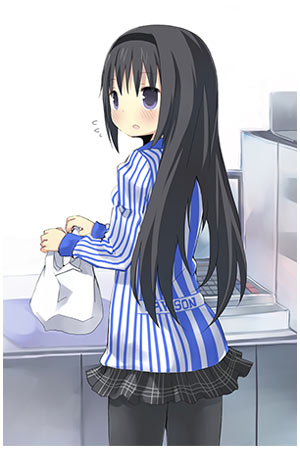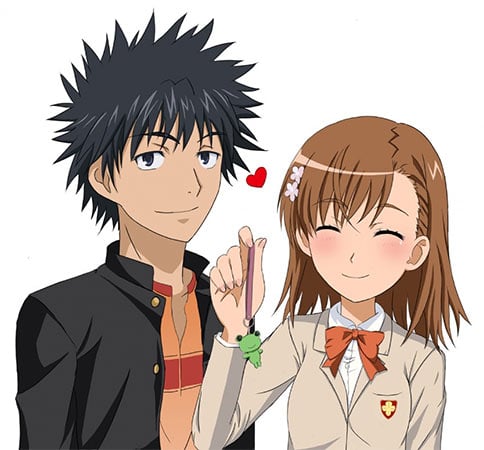The money used in Japan is the yen, written with the kanji 円 en which means “circle.” Yen comes as paper currency in denomoninations of 1000, 5000 and 10,000 yen, as well as coins from 1 yen all the way to 100 and 500 yen. Because the equivalent of a $1 and $5 bill exist as coins rather than paper money, you end up using coins for purchases in Japan a lot, and if you have a pocketful of coins you probably have $30 or $40 in there. Of course no one wants to be holding so many coins, so whenever I make a purchase I do what most Japanese do and try to pay with exact change, or else give over extra money so I end up with fewer coins in the end. The other day I went to an import food shop and made a purchase which cost 4260 yen, so I gave the lady 5310 yen, getting back a 1000 yen note and a 50 yen coin — a nice reduction in my wallet’s weight. However, often when I’d catch myself doing fancy stuff like this back home in San Diego, I’d receive blank stares from the cashiers who wondered why I was handing them more money than was required for the purchase.

I try to make exact change at shops, but sometimes it doesn’t work out in the U.S.















